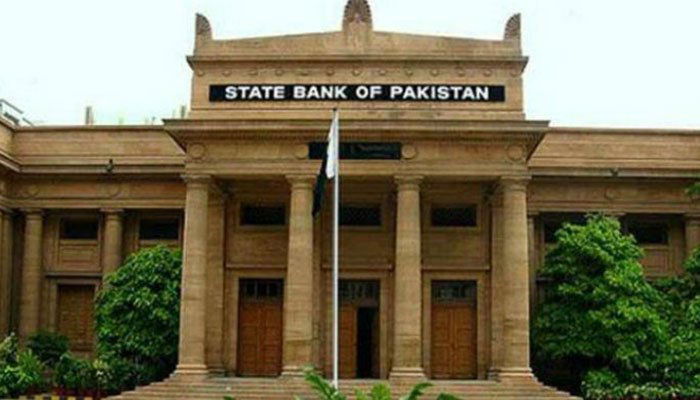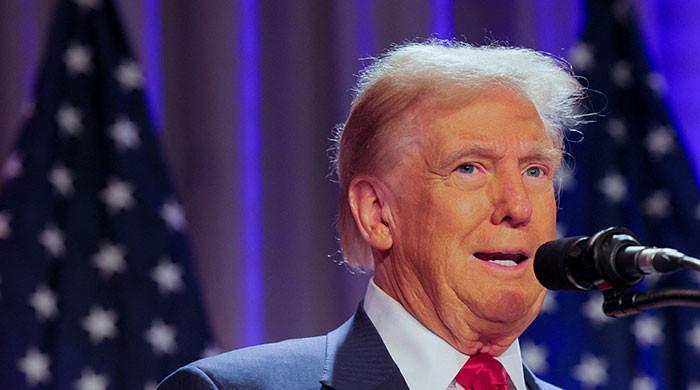SBP revises down GDP growth projection, says inflation expected to remain high
In a quarterly report, SBP projects real GDP growth to go down to 3.5%, says CPI inflation at "highest level in 17 consecutive quarters|
March 25, 2019

KARACHI: The State Bank of Pakistan has said that the macroeconomic stabilisation measures taken since December 2017 have begun to show their effects on the Pakistani economy as it moves into the second quarter of the current fiscal year.
In its quarterly report released on Monday, the central bank said "monetary policy tightening, exchange rate adjustments, reduction in PSDP spending and regulatory measures" affected domestic economic activity.
"This is reflected in a contraction in LSM growth, decline in imports and moderation in the fixed investment component of private sector credit. The underperformance of major kharif crops added to this slowdown. Nonetheless, inflation continued to increase mainly due to cost factors and some persistence in underlying demand," it said.
The report pointed towards "the highest level in 17 consecutive quarters"—highest since first quarter of fiscal year 2015—of CPI inflation on year-on-year basis.
The rise in CPI inflation to 6.5 percent in the second quarter of the current fiscal year was largely attributed to the nonfood non-energy (NFNE) component, which the central bank said was further affected by depreciation in exchange rate and the impact of high oil prices.
"Upward revision in the prices of natural gas by the government has alone contributed around 1.0 percentage point in the recent surge in inflation," said the SBP.
Fiscal deficit continues to stay high
"Persisting high level of fiscal deficit continued to undermine efforts to contain domestic demand," it added.
"The fiscal deficit continued to stay high despite a sharp cut in development spending since the beginning of FY19. While revenue collection declined, current expenditures increased substantially. Rising interest rates and exchange rate depreciation are contributing to the sharp increase in the latter; whereas, a slowdown in economic activity took a toll on the former despite some compensation from higher inflation and exchange rate adjustments. The resulting financing of the budget deficit fell mostly on borrowing from the central bank, as the government resorted to limited external borrowing."
Real GDP growth expected to fall
The State Bank projected that slowdown in agriculture sector growth and stabilisation measures were likely to bring down real GDP growth significantly during the current fiscal year, which also correlates with a contraction in the LSM sector.
"Moreover, given that public development spending, a key driver for private sector industrial activities, is unlikely to pick up anytime soon, the full year outlook for manufacturing activities remains subdued. Furthermore, private consumption is going to remain lower due to tighter monetary policy and pass through of exchange rate depreciation that has resulted in both higher energy prices and core inflation. In addition, the prospects for the upcoming wheat crop remain subdued in terms of growth," it said.
"All these aspects are going to constrain the services sector in the coming months as well. Therefore, SBP has revised down its projection for real GDP growth during FY19 by 0.5 percent to 3.5-4.0 percent," it added.











